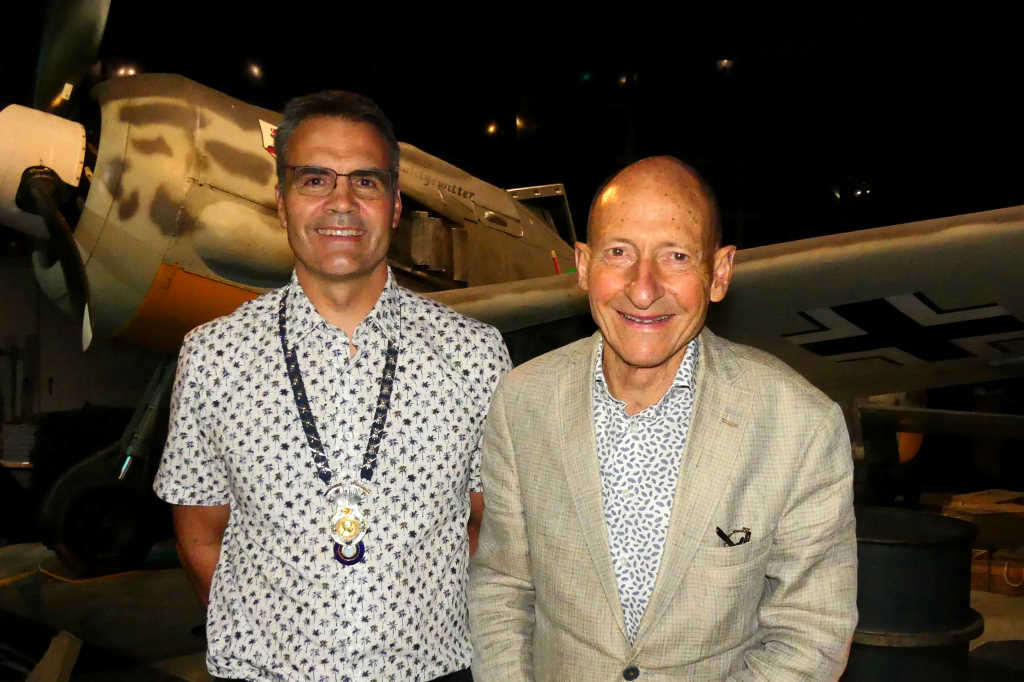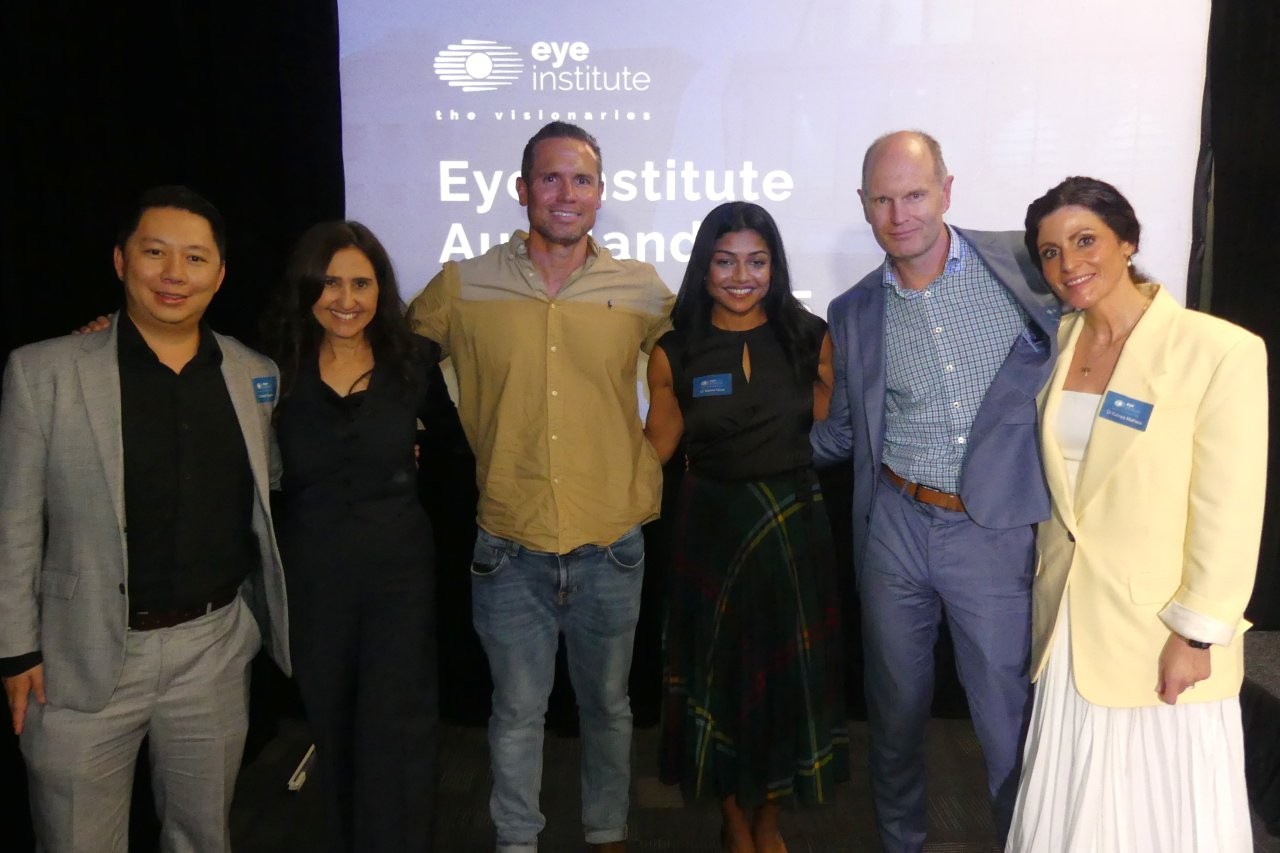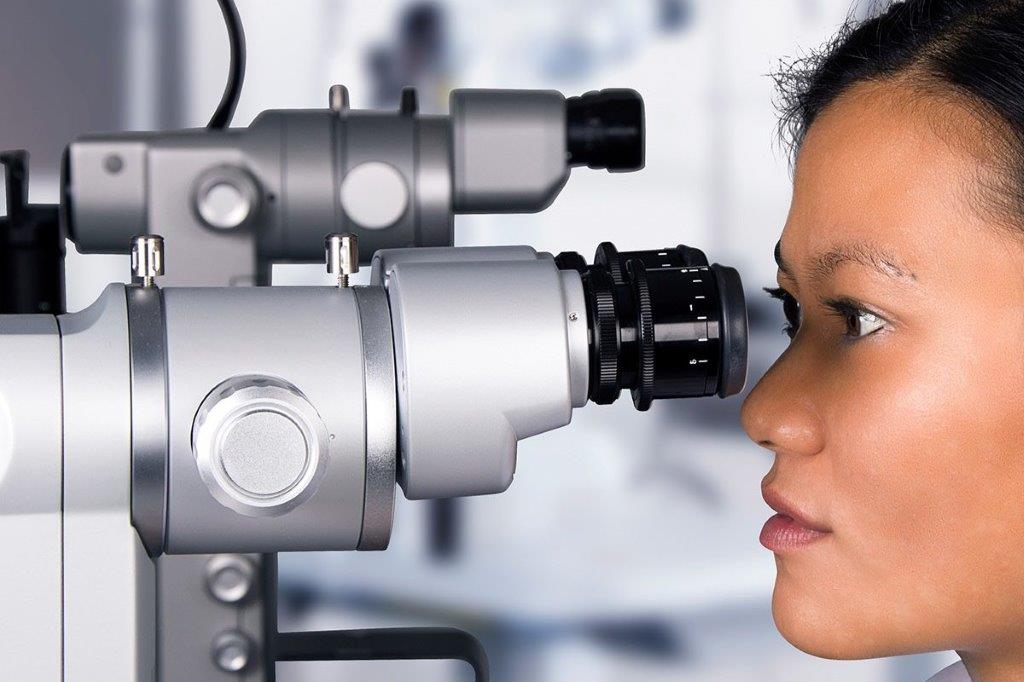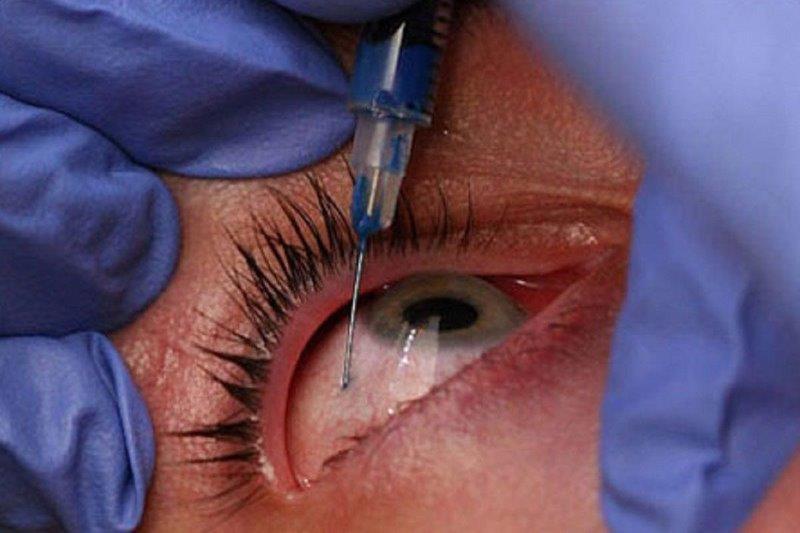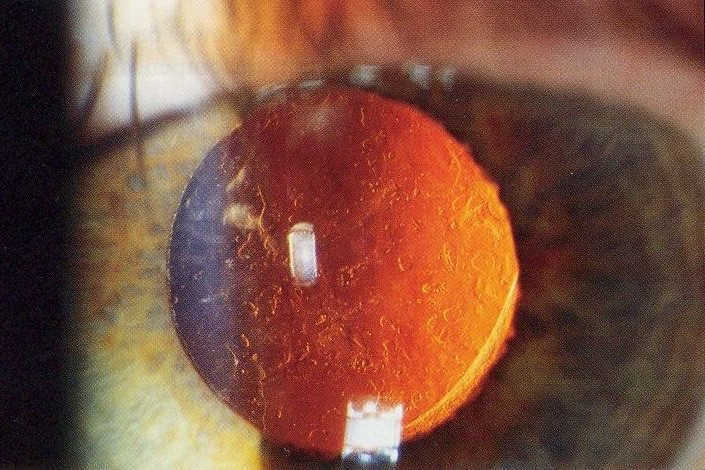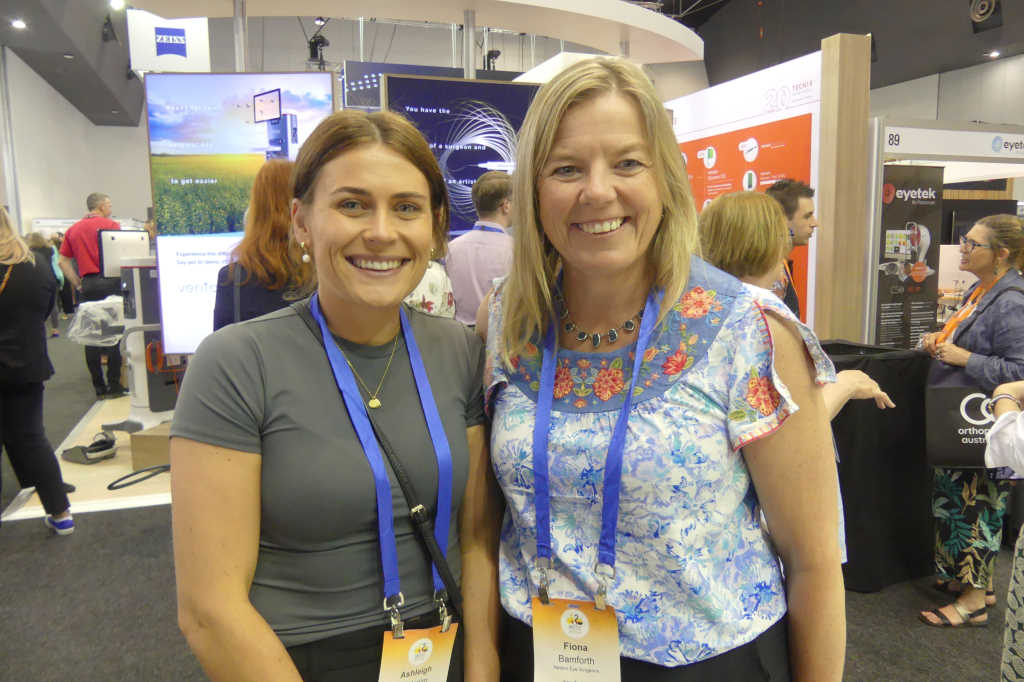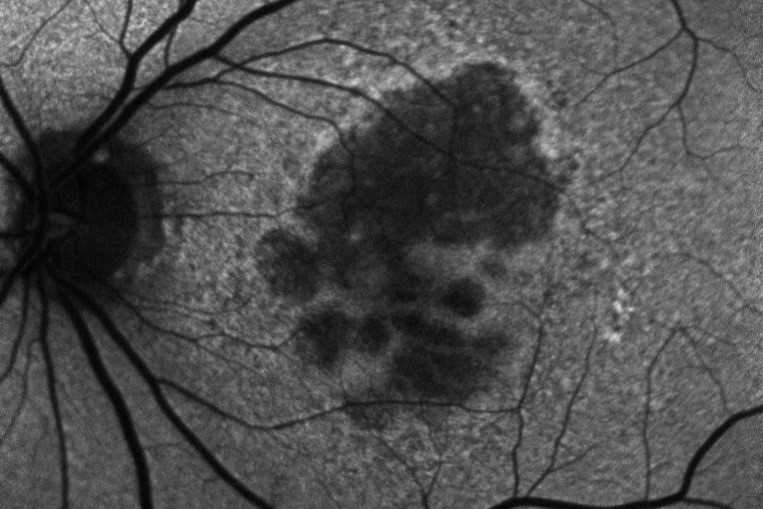A brief history of ophthalmology in New Zealand
Former RANZCO president and renowned New Zealand ophthalmologist and educator Associate Professor Bruce Hadden takes a candid look at the evolution of ophthalmology in New Zealand
The genesis of the Ophthalmological Society of New Zealand was a special meeting instigated by Dr Walter Hope-Robertson of Wellington during the annual conference of the New Zealand Branch of the British Medical Association (later the Medical Association of New Zealand), in February 1946, its first meeting since the Second World War.
Addressing 13 of the country’s 33 ophthalmic surgeons, Dr Hope-Robertson explained why it was the right time to establish a society. Proposed changes to the Social Security Act raised the possibility of a government-paid specialist service in New Zealand and there was concern the government might agree to pay a fixed amount for ophthalmic services and expect reassurances that eye specialists would not charge patients anything above that. Since a third-party payer (even though paying the patients, not the doctors) may later attempt to control fees and other aspects of practice, it was proposed a specialist body would be better placed to lobby on the issue than individual ophthalmologists. Having attended an Ophthalmological Society of Australia meeting, Dr Hope-Robertson was impressed by the standard of papers presented. He concluded, “In view of the fact that we have in New Zealand the only living foundation member of the Ophthalmological Society of the United Kingdom… I took the liberty of asking Sir Lindo Ferguson that, if the members so desired, would he be willing to accept the office of patron of our society?”
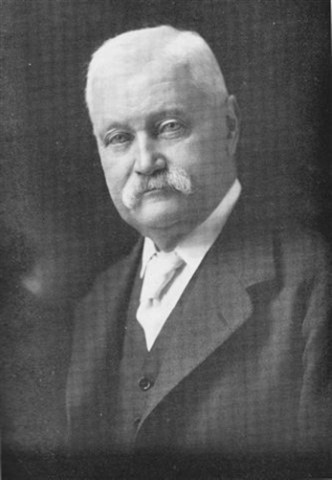
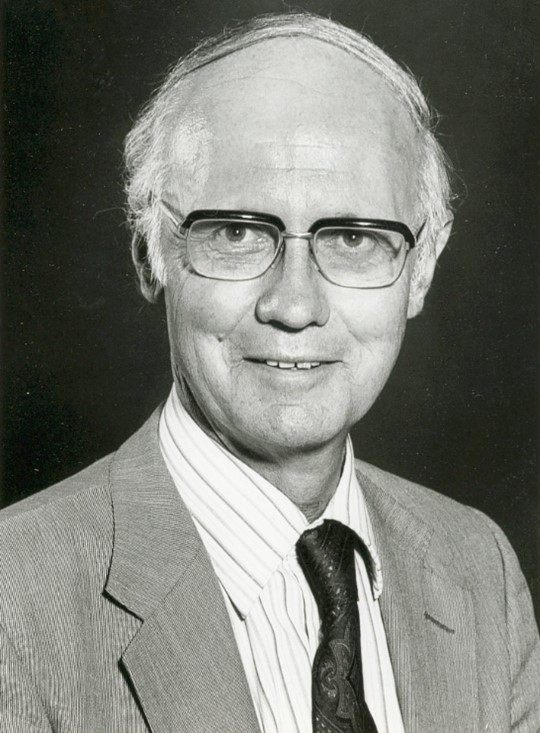
Sir Lindo Ferguson (1858-1948) and his grandson (right) Dr Lindo
Ferguson CBE (1924-2012)
At a second meeting three days later, Dr William Fairclough was elected the first president and Sir Lindo Ferguson, then aged 88, was asked to become the society’s first patron. As New Zealand’s first fully trained ophthalmologist, he was appointed to Dunedin Hospital in 1884, having emigrated from Dublin because of the possibility of his having tuberculosis; fortunately, this did not eventuate. As well as being an excellent surgeon, Sir Lindo had exceptional energy and organisational skills. By 1909 he was appointed professor of ophthalmology at the Otago Medical School, becoming its second dean in 1914 – a post he held for a record 24 years. He was New Zealand’s leader of medical education in his time.
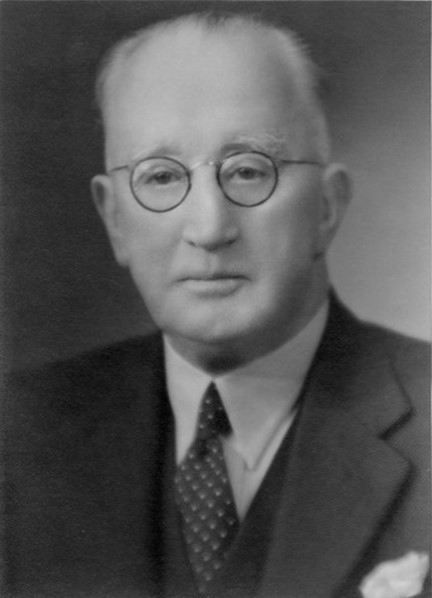
Dr William Fairclough, first president of OSNZ
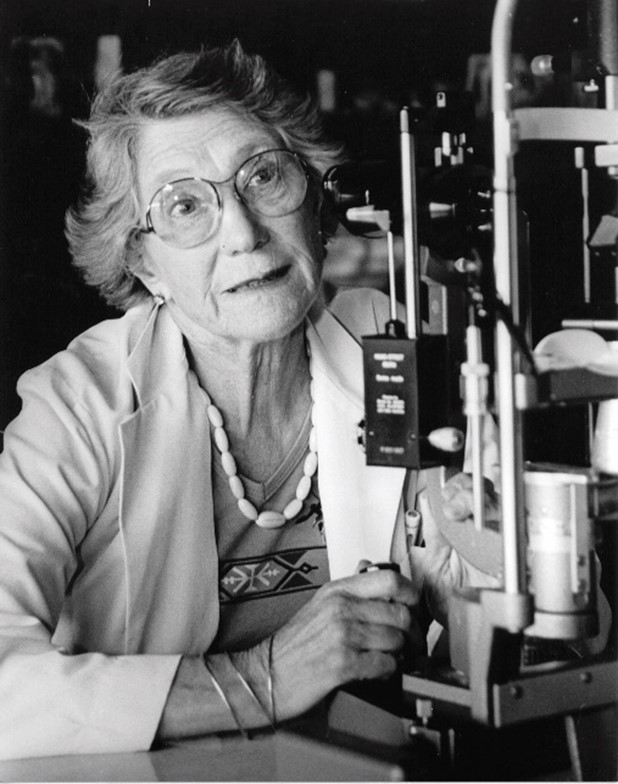
Dr Dorothy Potter, CBE, the first female OSNZ president from 1984-85 (she and her husband
organised a splendid conference in Masterton in 1985!)
Setting standards
Membership of the fledgling Ophthalmological Society of New Zealand (OSNZ) was voluntary and open to all who practised ophthalmology. However, practising of ophthalmology outside the society was disapproved of and those infringing acceptable standards of practise could be expelled. In a move to enhance the standard of ophthalmic care, membership subsequently also required an acceptable higher qualification.
The first annual scientific conference of OSNZ was held in Auckland in 1947. These conferences were valuable educationally and socially and have always been well supported by ophthalmologists and, in bygone days, their spouses too. The formal dinners were segregated along gender lines for many years, with the third annual conference’s dinner held at the Wellington Club, while the ladies dined at the Queen’s Club. This meant the society’s only woman member, Dr Caroline Stenhouse, was unable to dine with her colleagues!
Overseas experts were eager to visit New Zealand, with two usually invited to each small meeting, where it was easy for members to benefit from one-on-one discussions. Leaders who enjoyed our hospitality frequently reciprocated, opening up training positions for our up-and-coming surgeons.
Cautiously embracing optometry
The annual business meeting of the OSNZ was incorporated within the scientific programme. A perennial topic was relationships with optometry, with medically trained ophthalmologists considering optometrists under-educated for the roles they wished to expand into.
Ophthalmologists were opposed to optometrists treating patients with drugs, claiming that without a medical background it was unsafe for them to use mydriatics or to perform cycloplegic refraction. Their stance was a combination of legitimate concern for patient safety and patch-protection! Discussions over the decades also included resistance to optometrists’ employment in public hospital ophthalmology departments and in private ophthalmology practices, controversy about colleagues’ involvement in the training of optometrists and, later, about co-management of patients with selected conditions. Members’ suggestions as to who might assist by doing routine refractions included clinical assistants, orthoptists, house surgeons, or in the future, eye registrars – almost everyone except optometrists!
At the 1960 annual conference, Timaru’s Dr Jim Talbot made a plea for cooperation with optometrists, saying they were here to stay and should be treated as colleagues. However, in 1964, concerns were raised about the establishment of the School of Optometry at the University of Auckland. Dr Graeme Talbot had been asked to lecture to optometry students but was advised not to do so until the Ophthalmological Society was fully informed of the contents of the course. The question of optometry students attending ophthalmological clinics was also contentious.
The New Zealand Society for the Prevention of Blindness (forerunner of our present Save Sight Society) was formed at OSNZ’s annual general meeting in 1964, with all OSNZ members automatically joining. A representative of the optometry profession was invited to each annual meeting, notable as an early move towards co-operation between the two professions.
In 1988 the issue of optometrists being employed by ophthalmologists in their practices once more rose to the fore and was strongly opposed by the Royal Australian College of Ophthalmologists (RACO) and most OSNZ members. At the annual general meeting in 1990, I put forward a written motion in favour of salaried optometrists being permitted by the society to be employed by ophthalmologists in their rooms, pointing out that there was a double standard, with optometrists having been employed in the eye departments of public hospitals for many years. The RACO president said that if the motion was passed, “it would really put the cat among the pigeons,” and that it would not be accepted by RACO in Australia! The motion was tabled and not voted on, but an informal show of hands showed strong support for it. This is an example of the continuing tension between ophthalmology and optometry in Australia and of the thawing relationship in New Zealand. The following year the motion was passed unanimously, helped by the fact that not allowing the employment of optometrists would have contravened the New Zealand Commerce Act. Thankfully, these days we have a much closer dialogue with optometry and sensibly share the care of appropriate conditions.
Behind the badge of ophthalmological honour
Come 1970, at the 24th OSNZ conference in Christchurch, a handsome presidential society medallion, generously commissioned by the Ferguson family and designed by Cecil Thomas of London, was presented to the then president Dr Harry Wales in memory of Sir Lindo Ferguson, from his grandson Dr RH Lindo Ferguson and other family members. On its reverse is engraved ‘Sir Henry Lindo Ferguson, CMG, FRCSI, 1858-1948. The first ophthalmologist in Australasia’. Although Sir Lindo’s eminence and contributions are undisputed, he was not the first ophthalmologist in Australasia, despite being the first fully trained ophthalmologist in New Zealand. When OSNZ amalgamated with RACO in 1997 to become The Royal Australian and New Zealand College of Ophthalmologists (RANZCO), the medallion was modified and continues to be worn by the chairperson of the RANZCO New Zealand Branch to this day.
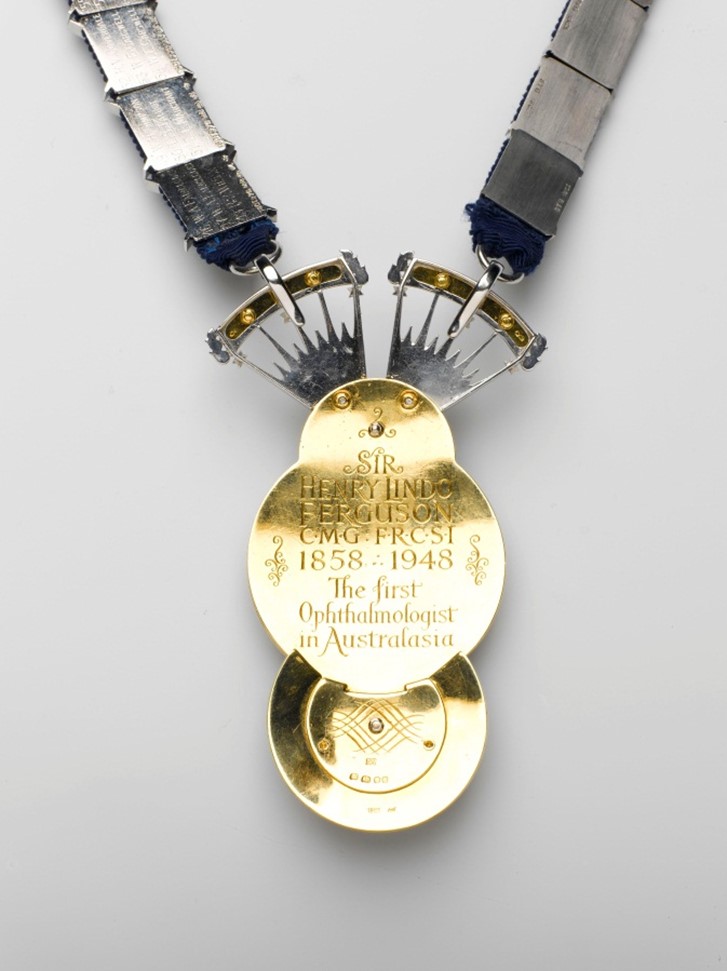
The inscribed rear of the chairperson's medallion
The formation of RANZCO
At the conjoint meeting of OSNZ with the Australian College of Ophthalmologists in Sydney in 1975, Professor John Parr and Dr Calvin Ring spearheaded the formation of OSNZ’s Education and Qualification Committee, to formalise postgraduate ophthalmic training in New Zealand, which hitherto had been ad hoc. The committee was responsible for co-ordinating a national selection process for ophthalmic registrars, ensuring the standards of training posts and advising the New Zealand Medical Council on matters relating to credentialing and training. Nevertheless, until the mid-1970s those trained in New Zealand needed to have further training overseas to obtain either fellowship of a Royal College of Surgeons or another recognised post-graduate qualification, as OSNZ was too small to conduct its own specialist examinations. Some New Zealand trainees in the early ‘70s did, however, choose to remain at home to gain their final fellowship examination before proceeding overseas by using a co-operative arrangement permitting them to take the exams conducted by the Royal Australasian College of Surgeons and subsequently by RACO after it took over this role for trainee Australian ophthalmologists.
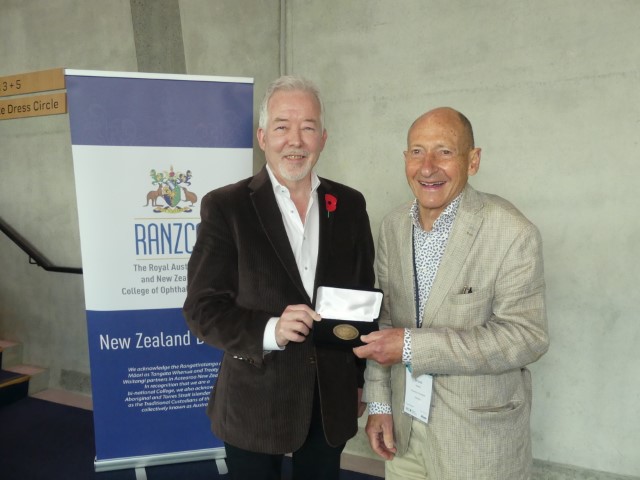
Prof Charles McGhee presenting A/Prof Bruce Hadden
with the John Parr medal at RANZCO NZ 2022
OSNZ also had a committee to advise on standards required for driving and certain occupations, plus a therapeutics committee, but the most important activities of OSNZ – education and qualification – were integrated with RACO in the 1980s. In 1992, discussions began on the full amalgamation of OSNZ and RACO, which was finally achieved in 1997.
The last of several hurdles following amalgamation was re-applying for royal patronage. New Zealand’s representative of Her Majesty’s College of Arms, London, advised that, should OSNZ cease to exist as a distinct legal entity, its armorial bearings would become dormant. He further advised, “In England, the arms may be transferred from the original grantee to a new corporate body by a royal licence, the fee for which is now similar to that for a new grant (about £3750 for arms with supporters)”. It was estimated that designing and applying for a new coat of arms might cost around NZ$20,000. The decision was made that the existing RACO coat of arms would be retained, but “put in the bottom drawer”. A new coat of arms, incorporating an emblem of New Zealand, would be designed by Dr Harold Coop, ophthalmologist and accomplished artist of Auckland, although it would never be the ‘official’ coat of arms. His design received trans-Tasman acclamation, cost the college nothing and now appears on all college publications. The ‘official’ coat of arms has not seen the light of day since!
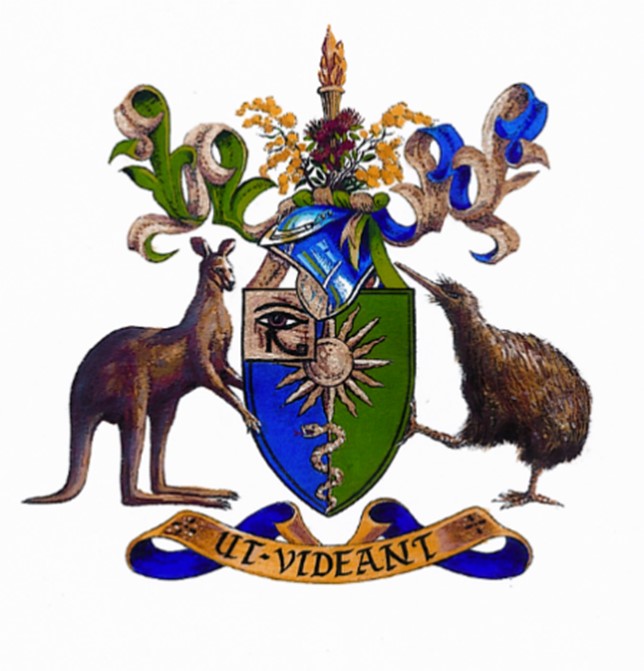
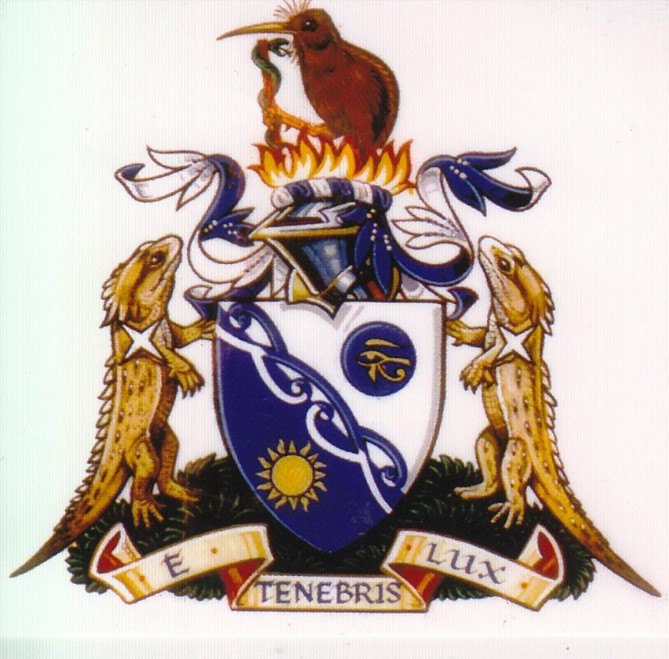
The RANZCO coat of arms and (right) the OSNZ coat of arms
The last OSNZ scientific conference was held in Auckland in 1998, with Dr Peter Ring the last official president. His successor, Christchurch’s Dr Ken Tarr, ushered in a new era as the first chairman of RANZCO New Zealand Branch. And the rest, as they say, is history!
A/Prof Bruce Hadden is one of the leading figures in ophthalmology in New Zealand, having been active in the field for more than 50 years. He introduced vitreous surgery to Aotearoa, championed ophthalmology education, and with his wife Dr Wendy Hadden supported the Foundation Chair in Ophthalmology at the University of Auckland. He has been chair, president and honorary secretary of various ophthalmology bodies across New Zealand and Australia and was instrumental in promoting the amalgamation of OSNZ and RACO. In 2007 he was awarded an honorary doctor of law by the University of Auckland and in 2012 was made a Companion of the New Zealand Order of Merit (CNZM) for his contribution to ophthalmology.










